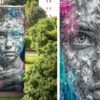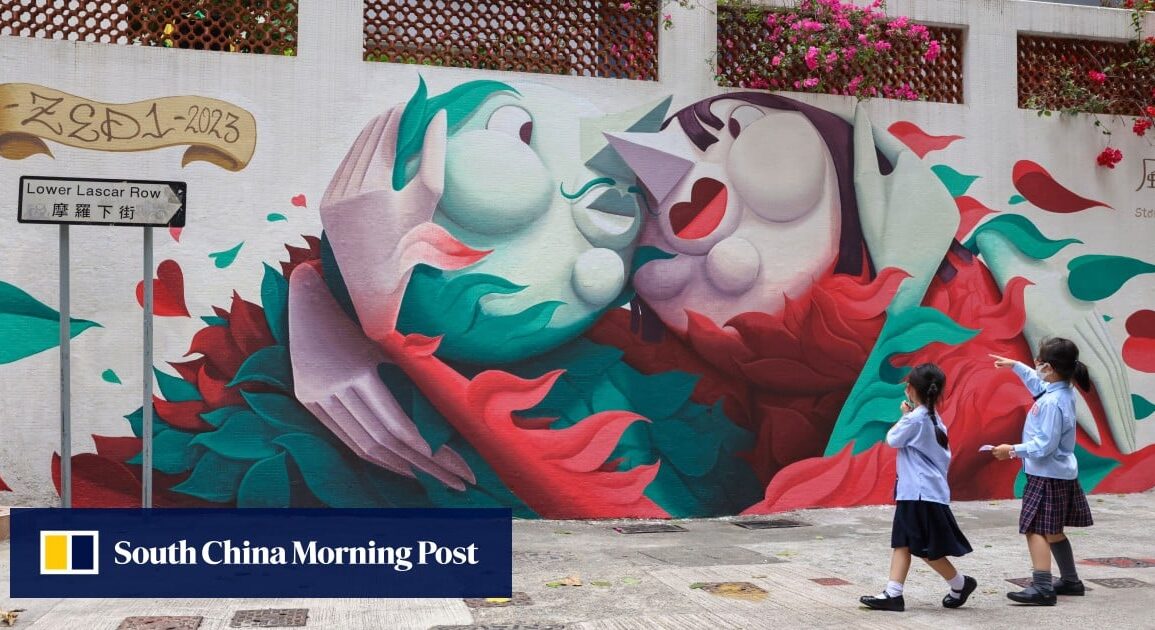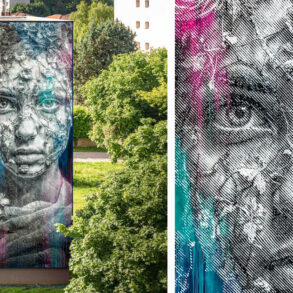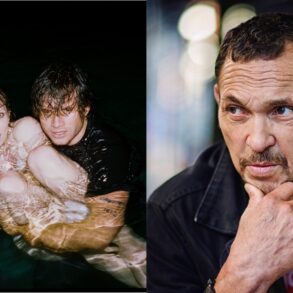Advertisement
Street art has its roots in graffiti, an inherently rebellious art form whose practitioners by definition don’t ask for permission, making much of it technically illegal. However, it has long been co-opted for commercial purposes; pretty early on, savvy brands realised that it was something they could use to gain instant countercultural cachet, while the hip-hop culture that produced graffiti has always balanced an emphasis on underground authenticity with a keen awareness of commercial possibilities.
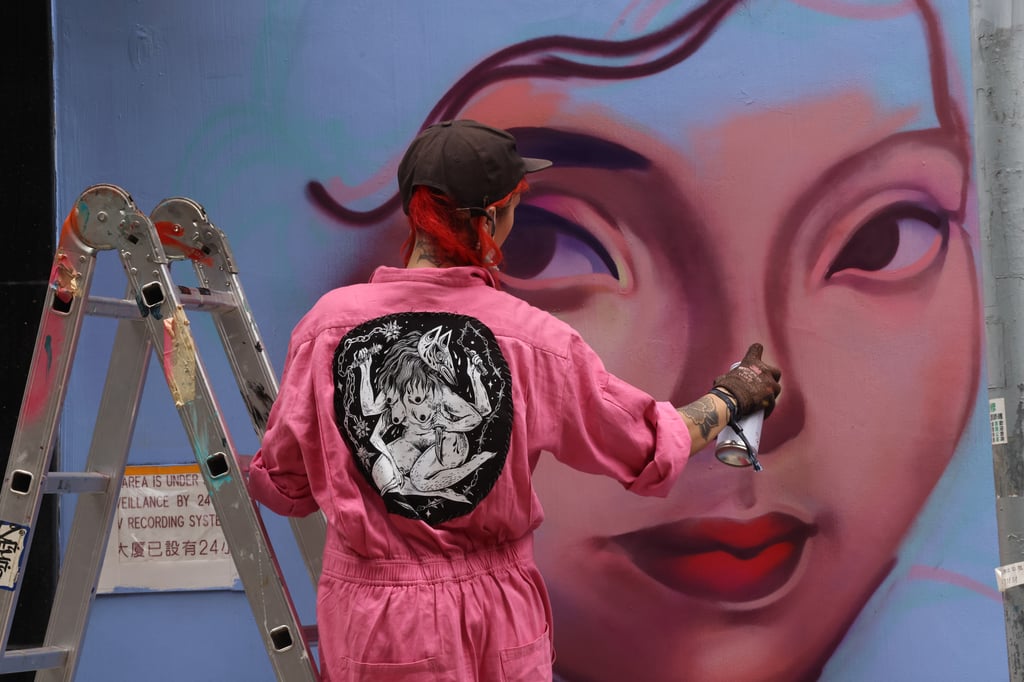
Consequently, today the term “street art” covers everything from purely creative graffiti to work paid for by large corporations, and its practitioners similarly come from a diversity of backgrounds – from those who started with tags and spray cans, to those who trained at fine art academies and interiors ateliers.
For marketers, it’s a particularly effective way of standing out from the crowd, given the diminishing effectiveness of many traditional channels. In Hong Kong, the F&B industry has been a particularly enthusiastic adopter. Says Malique Goldin, head of partnerships at Black Sheep Restaurants, which adorns spaces like the wall of its Central Vietnamese bar Chom Chom with murals: “We are storytellers and there are many ways to tell our stories; it’s another canvas to express who we are. It’s also a good creative outlet. It can be funky, it can be fun. It doesn’t have to be perfect; it just has to be us.”
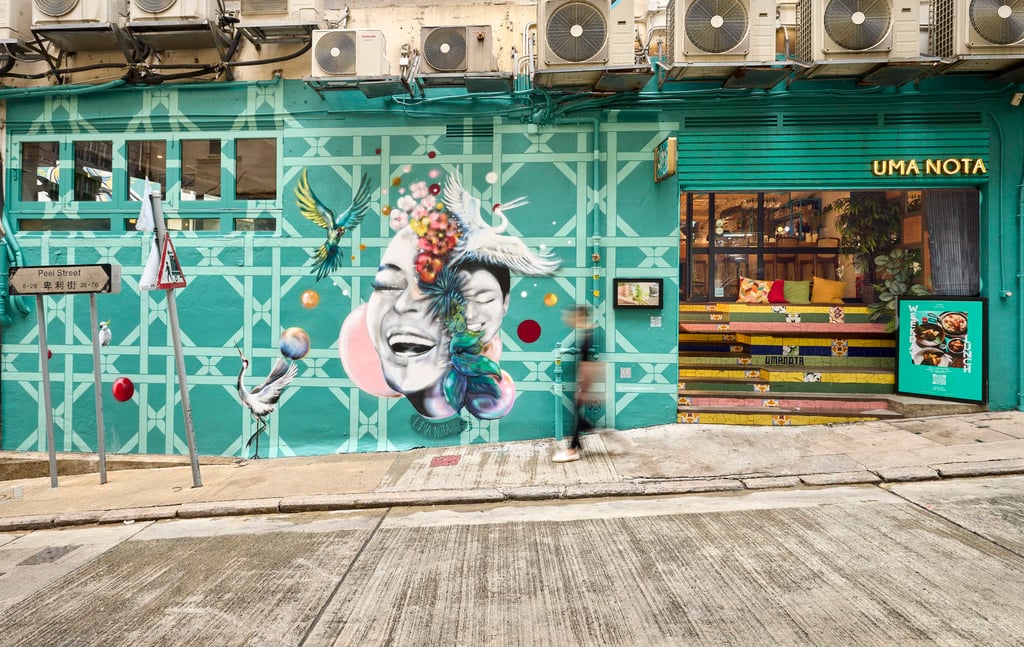
“Since 2016 or 2017, with HKwalls and social media, there have been more people wanting to get into the street art scene,” says artist Kristopher Ho, whose spectacular, hyper-detailed animal illustrations crop up all over the city, including as part of HKwalls. “It pays better: if I’m going to paint something large, I’m going to get paid more. But just because you know how to paint on a piece of paper, it doesn’t mean you know how to paint on walls. The scene is definitely more vibrant now, but it’s hard to maintain the quality.”
This post was originally published on this site be sure to check out more of their content.


